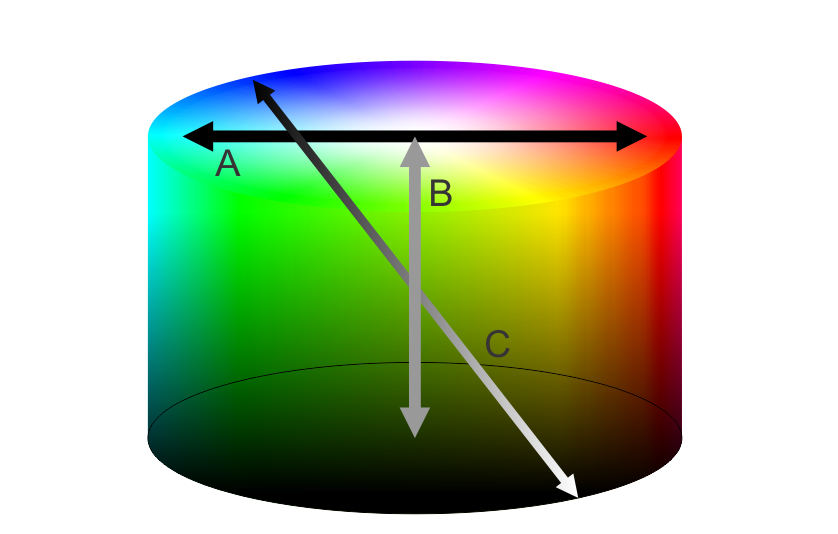The answe by @Wolff answers why you get this result. You get that because of your definition. But is it meaningful?
Well, no. Interpolation of color is very ill defined. What color is between two colors is thus also ill defined. But inverse of a color is defined. You just have to be very careful here. When we talk about color we talk about several things.
The inverse that you get from RGB is not really the same inverse as a human percieves. But it is more or less the same inverse as film would see. Human visual system instead, measures yellow as the opposite of blue, and red opposite to green. Which is not entirely what one would anticipate calculating in RGB.
You should probably calculate colors in Lab color space if you want to do some deeper analysis. Just be aware that interpolating in Lab isnt defined any better. But you will notice that if you calculate opposites in RGB and find the middle in Lab then you get something that likely isnt neutral gray.
Now there is more... See you might simulate physical processes, so you may ask what is the result of mixing two filters 50/50 or two emitters for that matter. Well now you need to account for the spectral distribution of the sources. Because of a phenomena called metamerism, two sets of otherwise indistiguishable filters/sources may yield different results. So much so that middle of 2 colors can be nearly anything.
And there you have it the technical system of your monitor is tuned so that the halfway should be somewhat neutral assuming your viewing conditions are right, and neutral is defined as smack middle of your gamut. But offcourse a monitors neutral is likely to be a bit blue. You havent found anything fundamental, just that you have made a circle definition.
There is more, much much more... You may also need to account for human autobalance... And so on its a deep rabit hole.
So as you see. It isnt that the halfway is neutral gray necceserily its just that you have framed your question. And ultimately how you choose to compute things that makes it so. But there is no definitive answer what it should be.



